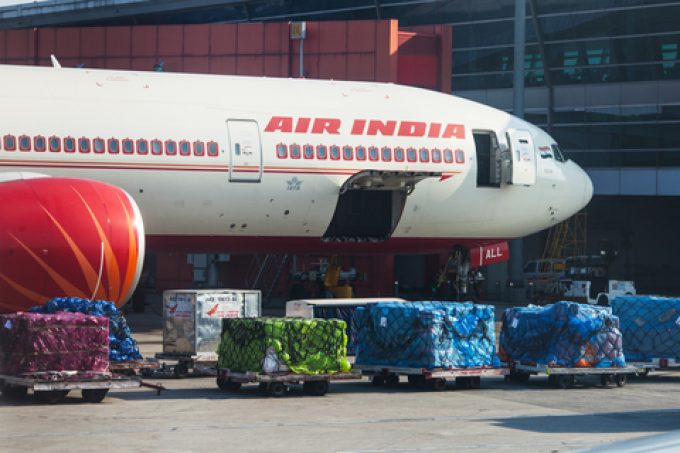Air freight rates ex-Dhaka set to surge after transhipment options are cut
Airfreight rates out of Dhaka are expected to surge after India cancelled transhipment access for ...

Airlines are dealing with considerable cargo backlogs across major international airports in India as volumes spike, according to industry updates.
“The effect has been most [noticeable] at Delhi and Mumbai airports,” a source at Air India told The Loadstar.
The source also noted that ocean trade diversions, in the wake of lingering Red Sea-linked pain points along with the traditional peak season for air cargo during March and April, had caused the acute capacity overhang.
India’s air exports have seen strong growth, a ...
Asia-USEC shippers to lose 42% capacity in a surge of blanked sailings
USTR fees will lead to 'complete destabilisation' of container shipping alliances
New USTR port fees threaten shipping and global supply chains, says Cosco
Outlook for container shipping 'more uncertain now than at the onset of Covid'
Transpac container service closures mount
DHL Express suspends non-de minimis B2C parcels to US consumers
Zim ordered to pay Samsung $3.7m for 'wrongful' D&D charges
Flexport lawsuit an 'undifferentiated mass of gibberish', claims Freightmate

Comment on this article